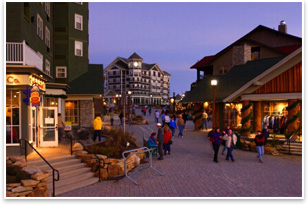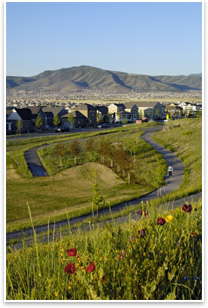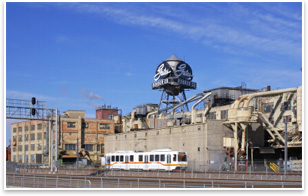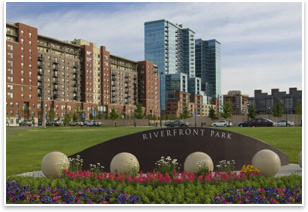
Legacy Architecture: The Locus of Community, Art, Economics, Environment by Tracy Ostroff
“We believe that when environment, art, community, and economics are combined in harmony with the dictates of the land and needs of society, magical places result, places that lift the spirit, sustainable places of beauty, significance, and quality. We are dedicated to designing extraordinary landscapes that leave a legacy for future generations, creating such places for our clients, for society, and for the well-being of our planet.” The award-winning firm, which specializes in landscape architecture, land planning, urban design, and tourism planning, translates these compelling concepts that encourage the designers to “go deep,” Culbertson says, to transform spaces into places of value. Each project begins with a dilemma and a thesis. The architects then derive Legacy goals for each of the four elements and attach metrics, which they customize for each program.
In getting to Legacy Design, Culbertson says, the firm realized that the projects that had been most successful were those that balanced the four disciplines in the Legacy Rings. “Legacy Design is a way to focus our energies and effort to craft projects that incorporate the traditional aspects of the Brundtland Commission’s definition of sustainable design, economics, environment, and community and add the restorative and timeless fourth dimension of art. And we are attempting to apply this synthesis in a transparent and holistic fashion to everything we touch.” The approach leads to “quadruple bottom-line accounting,” Culbertson says, that requires design inquiry, strategizing, and scoring for each of the four dimensions. They are primarily issues of environment, Culbertson notes, although there are some questions of community, particularly those that drive social interaction, and a fiscal analysis. Art, of course, is harder to measure, and trying to has sparked debate in the design workshop office and among clients. To measure the success of the project, the firm sets aside funding of their own for analysis and commissioning and then asks clients to match it.
Still, the firm sometimes finds itself pushing for a level of inquiry that goes beyond the comfort level of its clients. Nonetheless, Culbertson says: “Great clients are asking many of these same questions themselves.” He notes that many clients are looking for a legacy for themselves and their businesses. He candidly notes that they have had some stops and starts and that through the case-study process they continually assess and re-evaluate their work. Blurring practice and academics
“The decision to formalize the Legacy Design theory was a decision by Design Workshop to work toward becoming a sustainable organization that also champions the human need for beauty,” the architects note in Toward Legacy, a book of essays, project descriptions, and case studies. “A society that meets the needs of the environment and people is healthy. One that meets the demands of the environment and economy is efficient. To bridge the economy and society is to seek justice. But we must strive to create a civilization that also uses artful design to hearten the spirit. At the intersection of four of these values, in the dialogue among them, design can begin to build and sustain more than built work. It can bring meaning to existence.” |
||
Copyright 2008 The American Institute of Architects. All rights reserved. Home Page |
||
home
news headlines
practice
business
design
recent related
› Keynoter David Suzuki Issues “The Nature Challenge”
Toward Legacy (Grayson Publishing, 2007) offers essays, project descriptions, and case studies that discuss how Design Workshop has embraced Legacy Design and how the firm seeks to move projects even further in this direction.
Visit the firm’s Web site.
Photos © D.A. Horchner/Design Workshop.
The photos shown illustrate the four disciplines within the Legacy rings.
1. Art
2. Community
3. Economics
4. Environment.

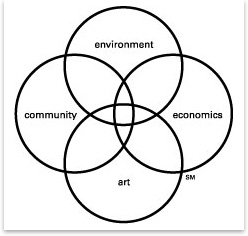 Summary:
Summary: